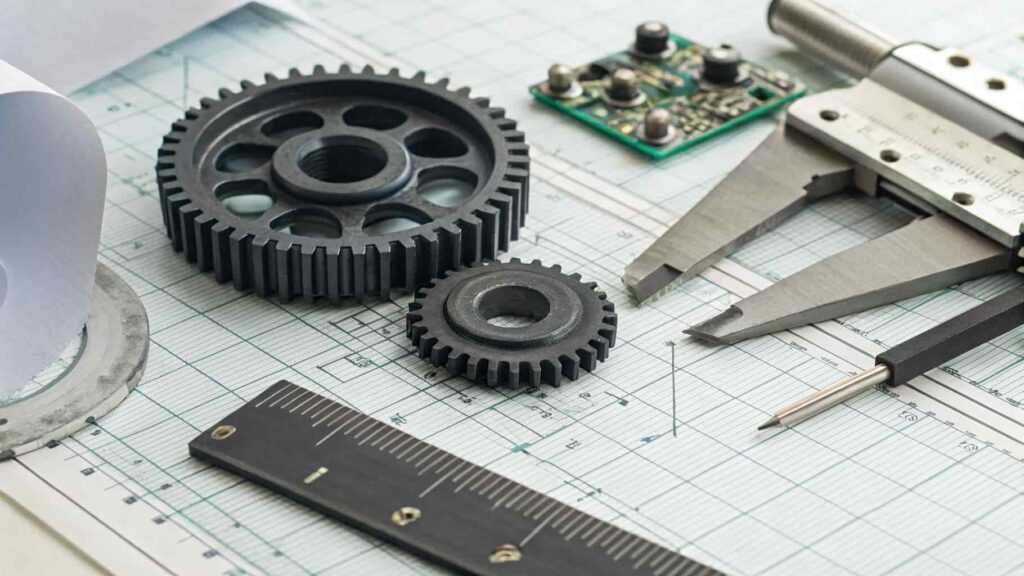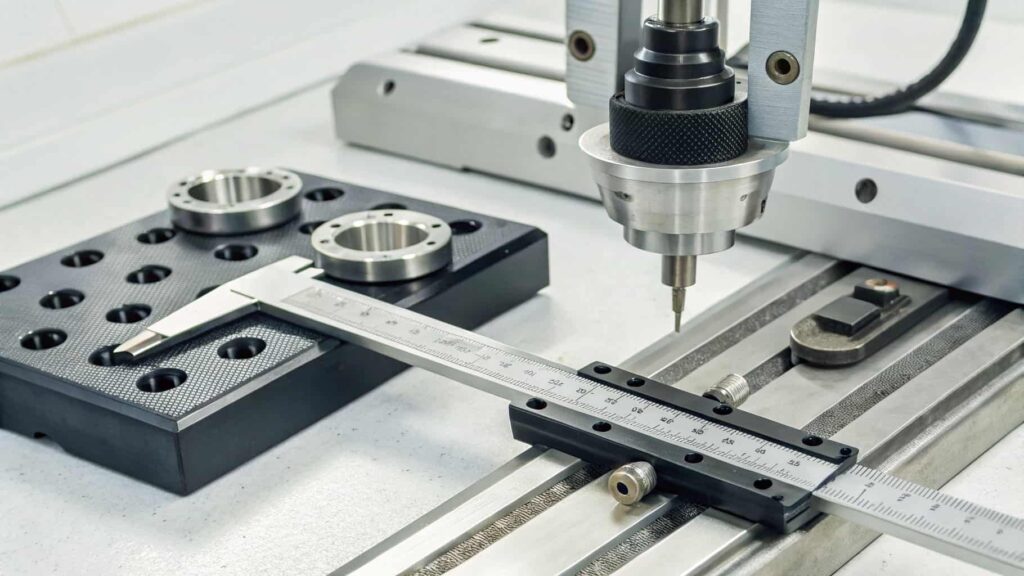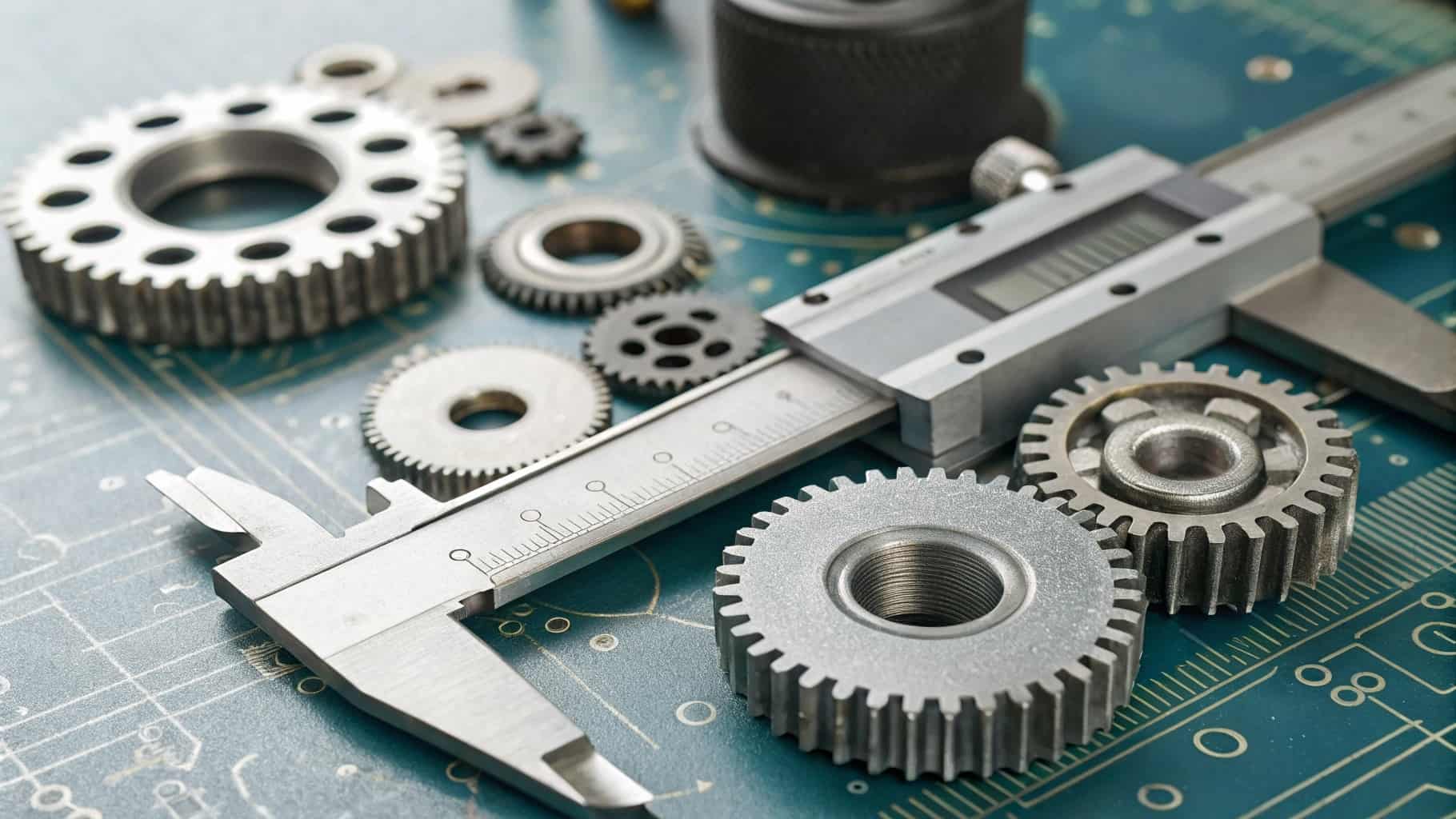In the world of engineering, manufacturing, and advanced technology, precision isn’t a luxury—it’s a necessity. Every micron matters. Among the many seemingly obscure measurements, 0.866142mm stands out as a key player. It might not sound like much—less than a single millimeter—but this exact figure is critical in countless applications across mechanical design, electronics, 3D printing, and more.
This article goes beyond just explaining what 0.866142mm is. We explore its applications, importance, implications, and future role in technological advancements. Whether you’re a design engineer, a product developer, a student, or just a curious mind—this deep dive will reshape the way you look at millimeters.
What Is 0.866142mm?
At its core, 0.866142mm may seem like an arbitrary figure—but in precision-based industries, it holds notable importance. In metric terms, this measurement equals 0.0341 inches, and it sits at a scale where even microscopic discrepancies matter.

It is commonly used where tolerances must be exact—such as in microelectronics, laser machining, and component assembly. For example, a gear tooth’s width, a circuit trace’s spacing, or a laser cut’s precision might depend on this specific dimension to function flawlessly.
Why Does 0.866142mm Matter In Engineering and Design?
Precision measurements like 0.866142mm are essential in high-performance systems. A slight deviation could mean parts don’t align, resulting in inefficiency or outright failure. From a mechanical joint to a semiconductor wafer, small tolerances can dramatically impact performance, durability, and safety.
- Ensures part compatibility
- Enhances system longevity
- Reduces friction and wear
- Maintains tight tolerances in dynamic systems
The Mathematical Significance Of 0.866142mm – A Powerful Insight!
Mathematically, 0.866142mm is closely related to the trigonometric value of √3/2 in decimal form. √3/2 ≈ 0.866025… and is often used in triangular geometry, particularly in equilateral triangle side-to-height ratios.
This suggests that 0.866142mm may have mathematical origins or applications in design patterns and calculations involving symmetry. This also means that this dimension could be strategically chosen when laying out hexagonal structures, tessellations, or angled cuts in materials that require geometric uniformity.
What Is The Role of 0.866142mm In Geometric Design Patterns?
Triangular and hexagonal patterns are seen in everything from biological tissue scaffolding to solar panel arrays. The value 0.866142mm appears as:
- Distance between nodes in a hex mesh
- Side length multiplier for equilateral patterns
- Radius-to-apex conversions in triangular symmetry
- Architecture
- Automotive crash design
- Aerospace heat dissipation structures
What Tools Are Required To Measure 0.866142mm Accurately?
To work with the extreme precision of 0.866142mm, specialized measurement tools are essential. Here’s a breakdown of the most suitable instruments and their functions:
| Tool Name | Function/Use |
|---|---|
| Digital Micrometers (0.001mm) | Provides ultra-fine measurement resolution ideal for verifying tiny dimensions. |
| Coordinate Measuring Machines (CMMs) | Offers automated and precise 3D measurement of complex part geometries. |
| Laser Interferometers | Delivers high-precision optical measurements, often used in calibration labs. |
| Stereoscopic Inspection Microscopes | Visually inspects micro-features and verifies spacing like 0.866142mm. |
| Touch Probes for CNC Machines | Ensures precise alignment and positioning of cutting tools based on exact data. |
These tools ensure your components meet the strict tolerances and accuracy that working with 0.866142mm requires, especially in industries where precision is non-negotiable.
Where Can You See 0.866142mm In Real Life?
Let’s explore the industries and use cases where 0.866142mm truly shines.
Precision Mechanical Engineering:
In mechanical design, components are often required to fit within tolerances of 0.001mm or less. Using 0.866142mm can represent a micro gap, tolerance zone, or alignment space between components. For instance:
- Piston rings
- Bearing housings
- Micro-shaft assemblies
Electronics and PCB Manufacturing:
Printed Circuit Boards (PCBs) often rely on micrometer-scale distances between tracks or between a chip and its base. A dimension like 0.866142mm could:
- Define trace width spacing
- Act as a clearance guideline
- Align with standard IC pin arrangements
3D Printing and Additive Manufacturing:
Modern additive manufacturing software allows layer resolutions in microns. Designers may use 0.866142mm layer height, spacing, or structure diameter, especially for:
- Flexible lattice structures
- High-density supports
- Modular design elements in parametric modeling
Metrology and Tool Calibration:
Precision tools such as micrometers and laser measuring devices require calibration units. A calibration block or reference gauge with a 0.866142mm marking might be used to verify repeatability and accuracy.
Optics and Lens Systems:
In fields like camera optics, fiber optics, and laser modules, measurements on the scale of 0.8mm to 1mm are standard. 0.866142mm could be the radius of curvature for a lens, the spacing in a fiber array, or the thickness of a coated film.
Why Designers And Engineers Trust 0.866142mm?
- Geometric Compatibility: 0.866142mm aligns perfectly with geometric constants like √3/2, which appear in triangular and hexagonal designs. This makes it a natural fit for patterns that demand mathematical harmony and structural balance.
- High Precision in Tight Tolerances: Engineers trust this measurement for components requiring sub-millimeter accuracy. It ensures flawless alignment, minimal play, and consistent functionality in critical assemblies.
- Cross-Industry Flexibility: From electronics to aerospace, 0.866142mm is applicable across multiple disciplines. Its universality reduces complexity when designing multi-functional or modular systems.
- CAD and Simulation Readiness: Most modern design software supports dimensions like 0.866142mm down to six decimal places. This makes simulation, modeling, and prototyping seamless and repeatable.
- Enhanced Manufacturing Control: Using this precise value improves quality assurance and minimizes defect rates. It supports strict production standards without sacrificing scalability or performance.
Challenges Of Using 0.866142mm In Practical Applications – Need To Know!
While 0.866142mm offers high precision and design flexibility, it also presents unique challenges. Not all systems or teams are equipped to manage such fine tolerances, making its practical use demanding in real-world applications.
Lack of Standardization Across Industries:
Most commercial and industrial tooling follows common metric increments like 0.5mm or 1mm, leaving custom sizes like 0.866142mm unsupported by default. This lack of standardization can complicate procurement and force engineers to rely on custom manufacturing or specialized adjustments, increasing cost and lead time.
High Equipment Requirements:
Working with 0.866142mm demands high-precision tools, such as micrometers, laser measurement devices, and advanced CNC machines. Many small-scale workshops or educational environments don’t possess the equipment capable of reliably handling this level of detail, limiting its accessibility.
Susceptibility to Rounding Errors:
Even in digital environments, dimensions can be accidentally rounded by software defaults or manual input errors. A minor rounding to 0.87mm or 0.866mm can introduce alignment issues, especially in assemblies where every micron matters for performance or safety.
Increased Time in Design and QA Phases:
Using ultra-precise dimensions like 0.866142mm may require additional verification steps, including repeated measurement, calibration, and documentation. This leads to longer design cycles and more thorough quality control, which can delay projects and increase development costs.
Communication Gaps Among Teams:
When teams are unfamiliar with sub-millimeter specifications, miscommunication becomes more likely—especially during handovers between designers, fabricators, and quality assurance. Without clear tolerance documentation, even experienced teams might interpret 0.866142mm differently, risking inconsistencies in production.
How 0.866142mm Impacts CAD Modeling?
In the world of computer-aided design (CAD), precision isn’t just about detail—it’s about functionality and reliability in real-world manufacturing. The dimension 0.866142mm is frequently used to define exact distances for grid spacing, control points, and detailed curvature adjustments within parametric models.
Whether it’s refining fillet radii, setting snap intervals, or maintaining symmetry in complex structures, this value ensures everything lines up with mathematical accuracy. It provides a reliable base for modular and scalable designs that need to hold up across iterations and production runs. CAD platforms like SolidWorks, Fusion 360, CATIA, and ANSYS can fully support and manipulate values to six decimal places, making 0.866142mm a practical and consistent choice for high-end engineering projects.
Tips For Working With 0.866142mm Dimensions – Dont Miss Out!
Here’s how to make the most of this measurement:

- Pre-set measurement tools to 0.866142mm and lock calibration.
- Use contrast-enhancing lighting during visual inspections.
- Embed tolerances into CAD files to avoid human misinterpretation.
- Double-check across machines—use two tools for cross-verification.
- Apply thermal compensation to materials during measurement to prevent dimensional drift.
FAQs:
How is 0.866142 mm measured accurately?
Tools like digital micrometers, vernier calipers, and coordinate-measuring machines (CMM) are used for such precise measurements. Calibration is vital to ensure readings are correct to the nearest micron. Environmental factors such as temperature must also be controlled during measurement.
In which industries is 0.866142 mm commonly used?
Industries like aerospace, electronics, automotive, and micro-manufacturing frequently utilize this measurement. It plays a role in part spacing, hole diameters, or component clearances. Precision parts such as valves, sensors, and bearings benefit from this tight specification.
Can a 3D printer accurately print a 0.866142 mm feature?
Yes, high-resolution SLA or resin printers can replicate dimensions as small as 0.01 mm, making them suitable for 0.866142 mm features. However, FDM printers may struggle with this due to nozzle size and layer height. Post-processing is often required to achieve such precision.
Is 0.866142 mm an ISO or ANSI standard tolerance?
While 0.866142 mm isn’t a named standard, it often appears as a result of converting imperial tolerances in ISO 286 and ANSI B4.2 systems. It’s derived from exact fits and tolerance classes that demand this level of specificity. Its usage is context-dependent but standard-compliant.
Can this dimension be used in architectural modeling?
Yes, scale models often use sub-millimeter dimensions to represent real-world distances. A 0.866142 mm wall thickness, for example, could signify structural elements in a miniature blueprint. It ensures consistency and realism in architectural prototypes.
Conclusion:
0.866142 mm may seem like a tiny measurement, but its impact in precision engineering and design is profound. From electronics to aerospace, it plays a key role in ensuring parts align, fit, and function as intended. This level of accuracy helps prevent costly errors and enhances product quality.
As technology advances, the demand for such exact measurements will only increase. Professionals who understand and apply this precision stand at the forefront of innovation. Paying attention to small details like 0.866142 mm can lead to big achievements in modern engineering.
Also read:

